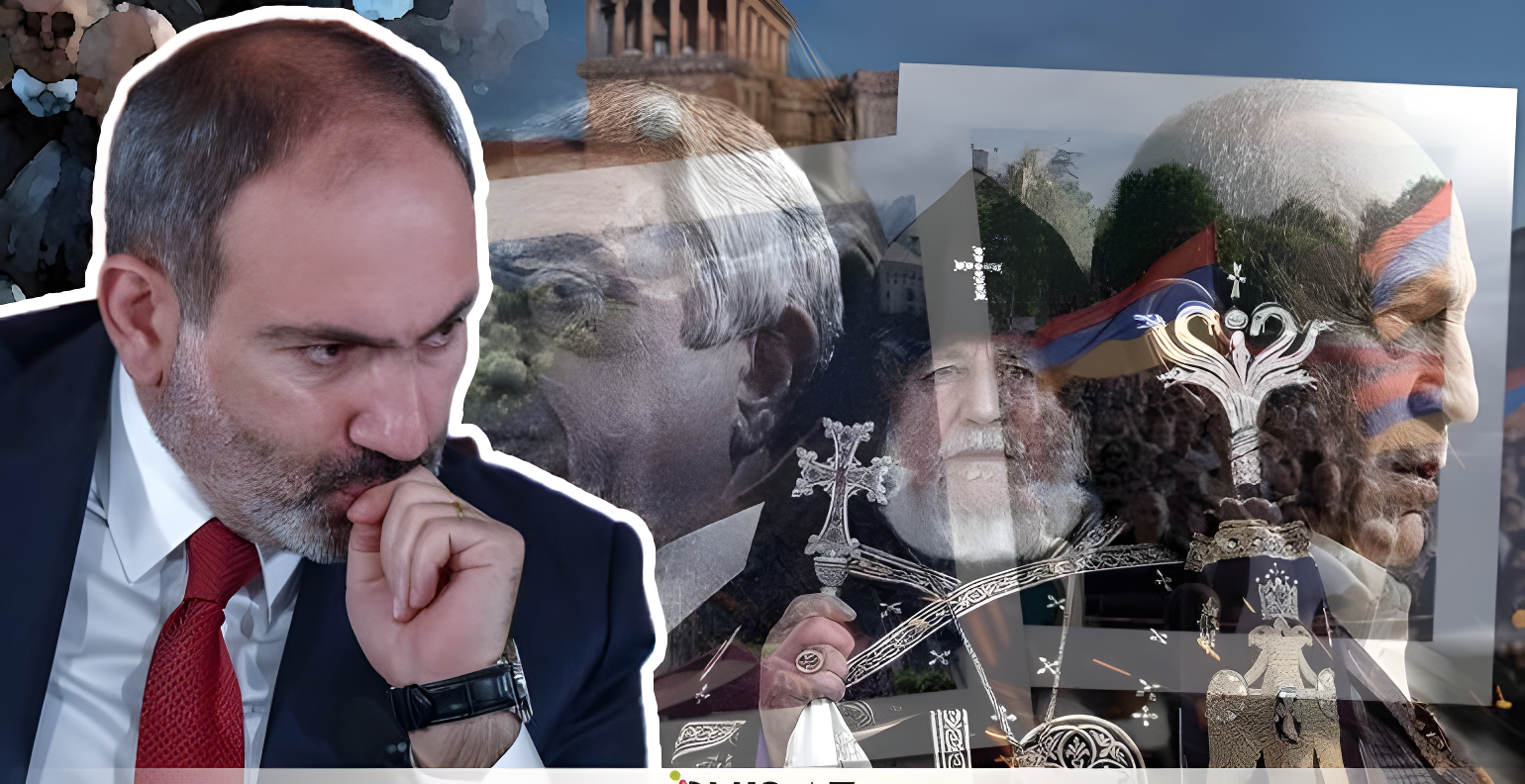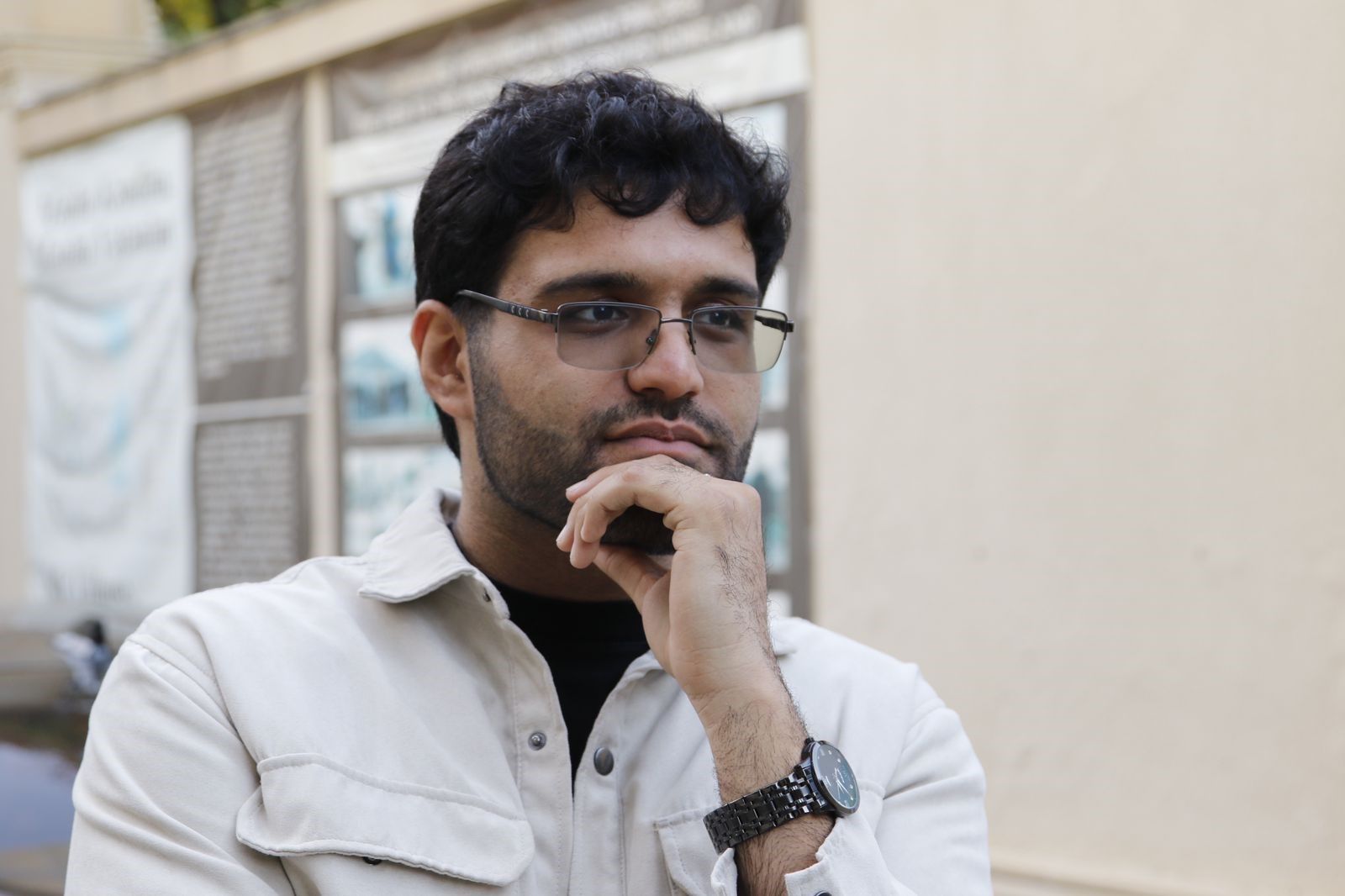Behind Armenia’s latest coup attempt ghost of old regime still lingers

The escalating political struggle for power in Armenia is nearing its climax. In the early hours of June 25, Armenia’s fragile democracy was jolted by the announcement of a foiled coup attempt. The country’s Investigative Committee laid bare a well-coordinated plan orchestrated by the so-called “Sacred Struggle” movement, led by Archbishop Bagrat Galstanyan. Their objective was clear: to forcibly overthrow the government of Prime Minister Nikol Pashinyan, not through mass protest or democratic pressure, but through terrorist acts and organized violence.
According to official sources, the group aimed to deploy up to 250 paramilitary strike teams—made up of ex-police and military personnel—to seize power. These units were to operate independently, without knowledge of each other's roles, mimicking clandestine insurgency tactics more common in war zones than democratic states.
That such a plan even existed is alarming enough. But more telling is who stands behind it: remnants of Armenia’s old elite, figures tied to the separatist movement in Garabagh, and, crucially, influential actors within the Armenian Apostolic Church. This isn’t merely another failed power grab—it’s a flashpoint in a longer struggle for the soul of Armenia.
In many ways, this coup attempt is the culmination of political currents that have simmered since the 2018 Velvet Revolution. Pashinyan’s ascendance marked a decisive break from the past: he campaigned on reform, transparency, and reducing the grip of entrenched oligarchs and Russian-leaning power structures. His mandate was born from genuine public exhaustion with corruption, nepotism, and defeatism.
But Armenia’s old power centers never truly disappeared. They bided their time, rebranding themselves as defenders of tradition, of faith, and of “true Armenian values.” Since the 2020 Garabagh defeat, they’ve exploited national trauma to frame Pashinyan’s pragmatism as betrayal.
This most recent conspiracy appears to follow the same script—only more desperate.
Leaked documents indicate that the plot was not only about domestic opposition, but also about reimposing a pre-2018 architecture of power—one where oligarchs, church elites, and Moscow-aligned figures held sway. The alleged involvement of Russian-Armenian billionaire Samvel Karapetyan, who has close ties to the Armenian Church, underscores this point. His recent arrest, widely viewed as a warning shot from the government, signals that Pashinyan is willing to confront even the wealthiest and most well-connected actors.
It would not be the first time power in Armenia has shifted violently or suspiciously. From the parliament shootings of 1999 to the Sasna Tsrer uprising in 2016 and the veiled threats of a military coup in 2021, Armenia has a history of elite-driven power crises masked as popular revolt. What’s different now is that the Pashinyan government is not retreating. It is confronting these challenges head-on—with legal, political, and rhetorical force.
Still, the risks remain. The Armenian Apostolic Church retains immense cultural influence. Arrests of clerics or perceived repression of religious figures could backfire if not handled with public transparency. Opposition figures are already attempting to frame the government’s actions as authoritarian overreach. If that narrative gains traction, it could fracture Pashinyan’s base.
But the facts are not on the opposition’s side. This coup wasn’t imagined—it was documented. It wasn’t mass protest—it was covert militarization. And it wasn’t about democracy—it was about restoring a failed elite through manipulation and force.
Pashinyan’s response, so far, has been measured but firm. That he remains in power despite constant pressure is no small feat. He continues to hold democratic legitimacy, bolstered by reelection in 2021 and by a public still wary of returning to the corruption and shadow deals of the past.
What this failed coup reveals is not just the resilience of Armenia’s state institutions, but the unfinished nature of its revolution. The battle for a transparent, civilian-led Armenia continues—not just at the ballot box, but against deeply embedded interests.
As of today, those interests have failed once more. But they are unlikely to stop. Which is why the struggle ahead must be not only political, but cultural. Armenia must decide whether its future lies in nostalgia and clerical nationalism—or in a modern state that serves its people, not its patrons.
Nevertheless, this power coup d'état also highlighted why Azerbaijan insisted on constitutional demands. While changes in official Yerevan may not be of immediate interest to official Baku, Azerbaijan opposes any radical ideological shifts that could jeopardize regional security. With peace in sight, no one, especially the countries in the South Caucasus, wants to regress.
The confrontation isn’t over. It appears that the already contentious political struggle for power in Armenia is nearing a critical phase. The Pashinyan government seems to be targeting the Russian "spy network" in an effort to weaken the Kremlin's main methods of influence in Armenia. Officially, Yerevan believes that by neutralizing the Kremlin's "henchmen," it may be able to disrupt any plans for a coup in the country. However, even if this is achievable, the Pashinyan government must also consider addressing the more immediate threat posed by Russian military bases in Armenia...
Here we are to serve you with news right now. It does not cost much, but worth your attention.
Choose to support open, independent, quality journalism and subscribe on a monthly basis.
By subscribing to our online newspaper, you can have full digital access to all news, analysis, and much more.
You can also follow AzerNEWS on Twitter @AzerNewsAz or Facebook @AzerNewsNewspaper
Thank you!

